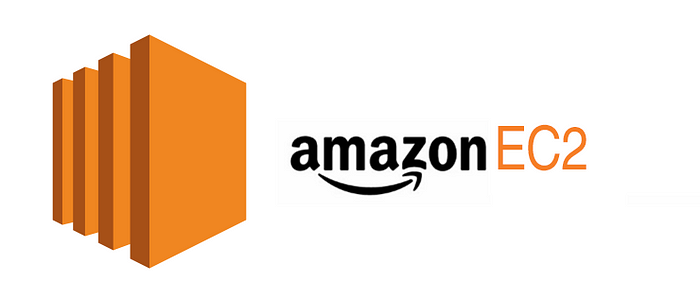Introduction
In the ever-evolving landscape of cloud computing, understanding AWS EC2 (Elastic Compute Cloud) is crucial for developers, system administrators, and IT professionals. This live session aims to unravel the complexities of AWS EC2, providing insights that can empower you to harness the full potential of cloud technology.

What is AWS EC2?
AWS EC2 is a scalable cloud computing service that allows users to run virtual servers in the cloud. It provides flexible computing capacity, enabling you to scale resources up or down based on your needs. In this section, we’ll explore the fundamentals of EC2, its components, and how it fits into the broader AWS ecosystem.
For a visual walkthrough of the concepts covered in this article, check out my YouTube Video:-
Why Choose AWS EC2?
AWS EC2 offers numerous advantages, including:
- Scalability: Instantly scale your resources to meet demand.
- Cost-Effectiveness: Pay only for what you use with various pricing models.
- Flexibility: Choose from a variety of instance types tailored to different workloads.
- Global Reach: Deploy applications in multiple regions around the world for improved latency and redundancy.
Key Features of EC2
In this segment, we’ll dive into the core features of EC2, such as:
- Instance Types: Understanding the different instance families (e.g., General Purpose, Compute Optimized, Memory Optimized) and selecting the right one for your workload.
- Elastic Load Balancing: Distributing incoming application traffic across multiple instances for enhanced availability and fault tolerance.
- Auto Scaling: Automatically adjusting the number of EC2 instances based on traffic patterns.
Live Demonstration
The heart of the session will be a live demonstration showcasing:
- Launching an EC2 Instance: Step-by-step guidance on how to launch, configure, and secure an EC2 instance.
- Connecting to Your Instance: Demonstrating SSH access and setting up a web server.
- Managing EC2 Instances: Tips on monitoring performance and cost management using AWS tools.
Best Practices for EC2
We’ll conclude the session with best practices to ensure your EC2 environment is secure, efficient, and cost-effective. Topics will include:
- Security Groups and Key Pairs: Configuring security settings to protect your instances.
- Regular Backups and Snapshots: Safeguarding your data against unexpected loss.
- Cost Monitoring Tools: Using AWS Budgets and Cost Explorer to keep track of your spending.
Conclusion
Join us for an in-depth exploration of AWS EC2, where you’ll gain the knowledge and skills necessary to leverage cloud computing effectively. Whether you’re a beginner or looking to sharpen your expertise, this live session promises valuable insights and hands-on experience.
Connect with Me:
- YouTube ► S3 CloudHub Channel
- Facebook ► S3 CloudHub Page
- Medium ► S3 CloudHub Blog
- Demo Reference ► GitHub Repository
- Blog ► S3 CloudHub Blogspot
- Dev ► S3 CloudHub on Dev.to
- Free Udemy Courses ► Access Free Udemy Coupons


